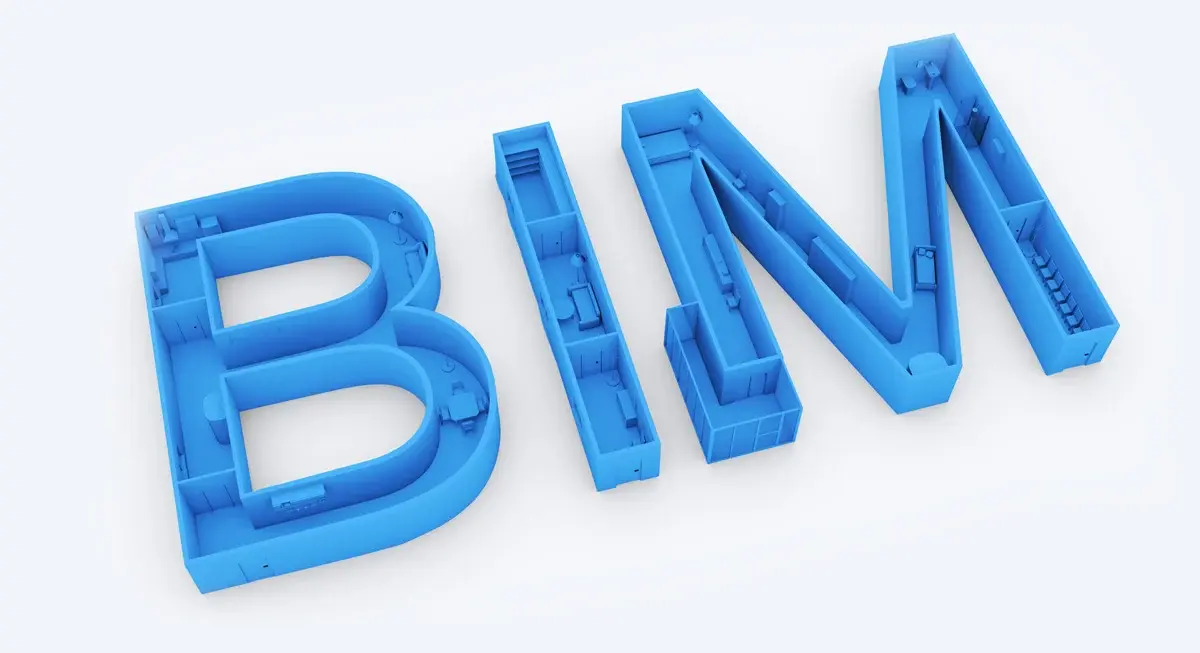
Your resume is often the first thing that shows your studies and skills, and in a competitive industry, it needs to reflect more than just qualifications. A strong landscape architect resume highlights not only your technical expertise and project experience but also your creative thinking and attention to detail. With the design job market evolving in 2025, your resume should speak directly to hiring managers at top firms.
In this guide, you’ll find best resume formats, tips, and updated landscaping resume examples to help you stand out in the industry.
Top Landscape Resume Templates
Choosing the right resume template can make all the difference in how your skills and experience are perceived. For a role as visual and detail-driven as landscape architecture, your layout should reflect both clarity and creativity.
1. Modern Two‑Column Design

Merges clean typography with a split-page layout, concise sidebars (skills, contact) and a main section for experience, enabling easy scanning. This layout helps create a strong visual balance, perfect for those with diverse skills and a structured work history.
2. Creative Profile‑Centred Template

Features a personal portrait, a philosophical tagline, and a visual timeline, adds a human-friendly flair while still being professional. It’s ideal for designers who want to reflect personality and creativity while maintaining clarity and focus.
Also Read: Architecture Thesis Topics: A Comprehensive List of 30 Topics to Pick From 2025
3. Minimalist Single‑Column Layout

Prioritises simplicity with a straight flow, ideal for highlighting roles and education in one uninterrupted, elegant narrative. This format works well for recent graduates or professionals seeking a clean, no-fuss presentation.
4. Timeline‑Driven Format

Uses a vertical visual track to present your career progression, great for showcasing growth in design roles and responsibilities. It visually highlights your journey, making it easier for recruiters to follow your professional development.
Also Read: Top 7 Places to Learn BIM (Building Information Modelling) in India
5. Ivy League Format

An Ivy League resume format focuses on clean, structured presentation with an emphasis on academic excellence, leadership, and impact. It typically follows a reverse-chronological layout with clear section headers, consistent formatting, and quantifiable achievements. This format reflects a polished, professional tone while showcasing intellectual rigor, extracurricular involvement, and career readiness—making it ideal for highly competitive roles or graduate programs.
What is the Best Resume Format for Landscape Architects in 2025?
If you're aiming to land top landscape architecture jobs, your CV should reflect both creativity and clarity. In 2025, employers prefer simple, well-organised resumes that make your strengths stand out instantly.
-
Choose a reverse-chronological format: This layout places your most recent roles and achievements first. It’s perfect for those with consistent experience as a landscape architect.
-
Start with a brief summary: Add a few lines about your design approach, professional goals, and key accomplishments.
-
Follow with key sections: Organise your CV into experience, education, and certifications. Use bullet points to make each entry easy to read.
-
Highlight software and tools: Include a section for programs like AutoCAD, SketchUp, and GIS tools. These are essential skills to add to a resume.
-
Use a combination format if needed: If you're just starting out or shifting careers, highlight your skills first, then list work history.
Also Read: 12 Best Landscape Design Softwares in 2025
How Should You Present Your Work Experience as a Landscape Architect?
Your experience section is the heart of your CV. It shows how your ideas take shape, how you work with teams, and how you bring spaces to life. To stand out in a landscape architecture career, present your background in a way that’s both easy to follow and rich in detail.
-
Start with your most recent role first: List your job titles, companies, and dates clearly. Describe your responsibilities and achievements using active verbs that reflect your role in planning, designing, or managing outdoor spaces.
-
Showcase key landscape architect skills in context: Instead of just listing abilities, weave them into your accomplishments. Mention things like site planning, sustainability practices, or client presentations through specific results or outcomes.
-
Mention standout landscape architecture projects: Select 2-3 projects that demonstrate your creativity and problem-solving. Talk about your contribution, the challenges faced, and how your work made an impact.
What Key Skills should You List on a Landscape Architecture Resume?
When crafting a strong landscape architecture CV, the right skill set can set you apart. Here are some essential skills to put on resume to make a lasting impression:
1. Site Planning and Analysis
Showcase your ability to evaluate land use, terrain, and environmental factors to develop functional and sustainable site designs.
2. Technical Proficiency
Prove your command over drafting tools, rendering software, and construction documentation that bring your vision to reality.
3. Project Coordination
Emphasise your experience managing timelines, budgets, and consultants, these are crucial for collaborative, large-scale landscape projects.
How Do You Highlight Education and Certifications Effectively?
Highlighting your education and certifications the right way can set your resume apart in a competitive design field. These credentials show you're not only trained but also committed to evolving as a professional.
1. Mention the Most Relevant Qualifications First
Prioritise degrees or diplomas directly related to your field, such as a landscape architecture design course, so hiring managers spot them easily. Include the institution, year, and any honours received.
2. Add Industry-Recognised Certifications
List certifications that reflect your practical skillset, including those in landscape design software or project management. It helps demonstrate hands-on expertise beyond academic knowledge.
3. Include Ongoing Education or Workshops
If you’re currently enrolled in a course or recently completed a workshop, add it. It shows you’re actively investing in your growth and staying updated with industry standards.
4. Highlight Credentials That Reflect Specialisation
Any certification focused on sustainable design, urban planning, or historic preservation adds value. Tailor these to the roles or firms you’re targeting to align your skillset with their goals.
What Resume Templates Work Best for Landscape Architecture Roles?
The right resume template can help you make a strong first impression and communicate your skills clearly to top landscape architecture firms.
-
Clean, modern layouts keep your work easy to read and highlight core strengths.
-
Grid-based templates showcase visuals and project details without clutter.
-
Minimalist styles help draw attention to your skills and experience.
-
Visual-first formats are great for portfolios with strong project imagery.
-
Templates with sidebars help organise sections like tools, education, and certifications neatly.
-
Interactive PDF formats work well when you’re sending digital applications with embedded links.
Conclusion
Creating a standout resume is your first step toward landing the landscape architecture jobs in 2025. With the right format, clearly defined landscape architect skills, and a portfolio that showcases your unique strengths, you can set yourself apart in a competitive field. Keep your application updated with modern tools and trends, and don’t shy away from showing your creative and technical range.
Want to boost your edge further? Explore the Building Information Modelling for Architects course by Novatr to gain future-ready skills.
For more ideas, resume tips, and insights that matter to your landscape architecture career, visit Novatr’s Resource Page!
Also Read: Landscape Architecture: Definitions, Types, Elements & More (2025)
FAQs
1. What are some skills to include in a landscape architect’s resume?
Add some key skills like strong design thinking, proficiency in landscape architect software, environmental planning, technical drawing, and project coordination are valuable. Also include soft skills like collaboration, communication, and attention to detail.
2. What is the ideal resume format for a landscape architect’s resume?
A clean, reverse-chronological format works best, highlighting education, project experience, relevant landscape architecture skills, and tools in clear sections that are easy to scan.
3. What are additional certifications that can be added to our resume?
You can boost your profile with credentials like LEED, SITES AP, AutoCAD certification, or BIM for Architects. These show specialised expertise and a commitment to learning.
Was this content helpful to you











